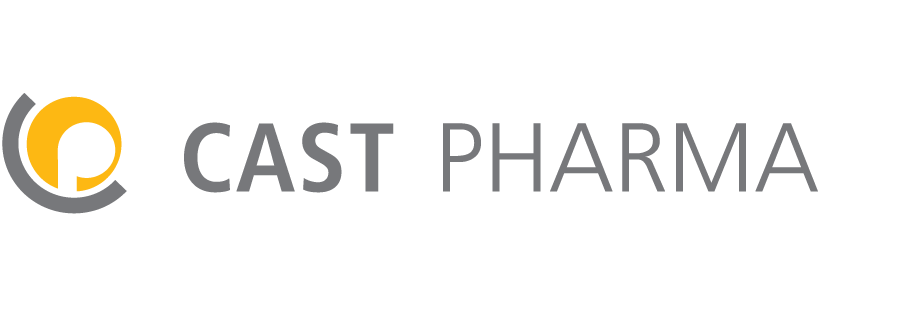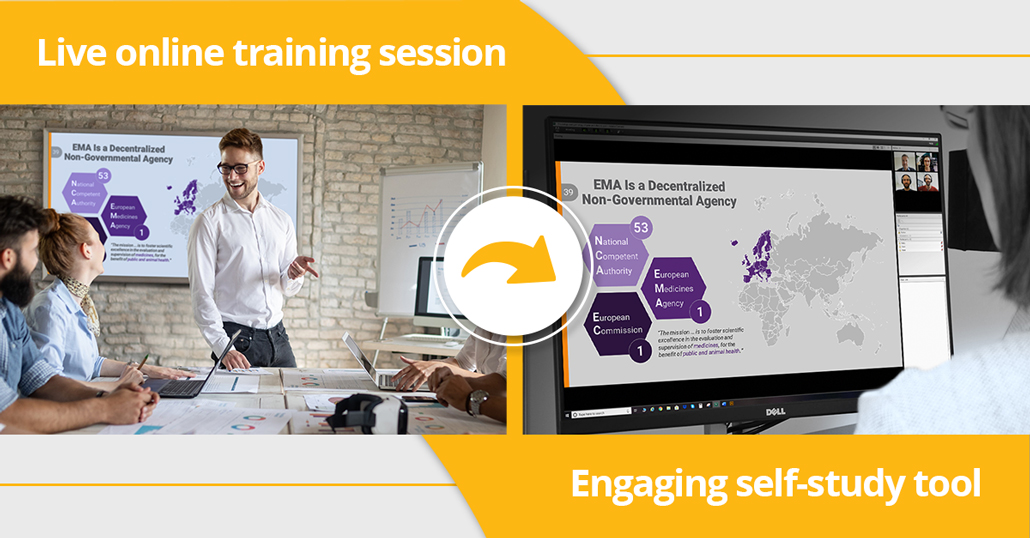Transforming a live training session into a self-study tool for medical affairs
Training sessions are an essential aspect of any medical affairs team in a pharmaceutical or biotech company. They provide an opportunity for medical affairs professionals to learn about the latest developments, industry best practices, and new product launches. But face-to-face or online training sessions have some limitations. The most obvious: only those who participate on the day of the training session get to access the content. This means that all those who could not participate in the session, as well as new medical affairs professionals who join later, miss out on the valuable information.
A solution has been to record the training sessions, so that they can be made available to others. However, this approach often leads to long recordings that include coffee breaks, technical questions, and other irrelevant content. Aside from feeling like a slog, it can be difficult for learners reviewing the recordings to find the information they need. And they may skip over important details while attempting to skip irrelevant stretches of the recording.
So, what is to be done? Transform the recorded training sessions into an engaging self-study tool! This can be done in 7 steps:
1. Record the entire training session using Teams or Zoom.
Make sure that all participants are aware the session is being recorded, in accordance with local regulations.
2. Edit the recorded training session and delete less important content, breakout sessions or coffee breaks.
The recording can also be cleaned up to remove awkward pauses, technical mishaps, and any questions or discussions not relevant for future learners.
3. Write strong headlines for the different content pieces and arrange the content.
Divide the presentation into distinct chapters. This makes it much easier for learners to find what they are looking for.
4. Copy the individual chapters into a PowerPoint presentation.
The slides used during the recorded training session can also be redesigned for more visual consistency and to make them more engaging for participants. The audio from the recording can then be added to each slide in the presentation with the content animated to build up in sync with the recording. To make the self-study tool easier to use, you can include a linked table of contents, a home button, forward and back buttons, as well as a replay button.
5. Convert the presentation into an HTML file.
This usually takes some technical knowledge, and may require some testing to make sure the module functions as intended.
6. Add an assessment to evaluate the knowledge of your learners.
7. Integrate the self-study module into your company’s learning management infrastructure or make the module available on a website.
In the end, your learning community will be able to move through the presentation at their own pace—perhaps even having an advantage in this regard over trainees who were able to attend the original session!
Whether you are a medical training lead, medical director, scientific communication manager, medical lead, or other medical affairs professional, this solution is an ideal way to enhance your training program and ensure that your team is equipped with the latest information and best practices.








